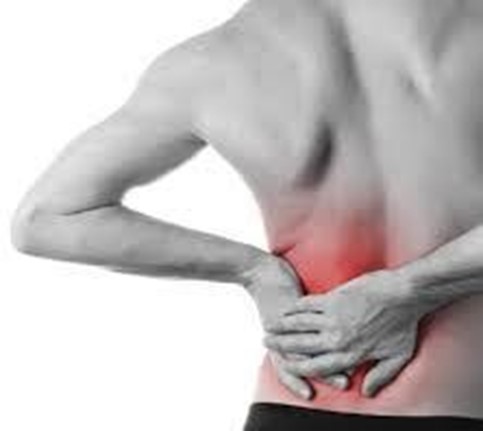What pain description is the client with renal calculi most likely to report during an assessment?
A feeling of pressure in the bladder.
A mild, burning pain when urinating.
Sharp, severe flank pain that occurs suddenly.
A constant, dull, aching pain in the right upper quadrant.
The Correct Answer is C

This is because renal calculi can cause renal colic, which is a sudden and intense pain in the flank area that radiates to the groin or testicles.
The pain is caused by the stone obstructing the ureter and triggering spasms.
Choice A is wrong because a feeling of pressure in the bladder is more likely to indicate a lower urinary tract infection or an overactive bladder.
Choice B is wrong because a mild, burning pain when urinating is more likely to indicate a urinary tract infection or a urethral injury.
Choice D is wrong because a constant, dull, aching pain in the right upper quadrant is more likely to indicate a liver or gallbladder problem.
Normal ranges for urine pH are 4.5 to 8.0, and for specific gravity are 1.005 to 1.030.
Nursing Test Bank
Naxlex Comprehensive Predictor Exams
Related Questions
Correct Answer is C
Explanation
The nurse should respect the client’s privacy and confidentiality by not discussing the client’s condition in a crowded elevator, even with the health care provider. The nurse should suggest a more private area to have the conversation.
Choice A is wrong because it shows a lack of professionalism and accountability. The nurse should be able to provide a brief update on the client’s status to the health care provider, even if the nurse is off duty.
Choice B is wrong because it implies that the healthcare provider does not have the right to access the client’s information, which is not true. The health care provider is part of the health care team and has a legitimate need to know the client’s condition.
Choice D is wrong because it violates the client’s privacy and confidentiality by disclosing sensitive information in front of other people. The nurse should not share any details about the client’s condition or treatment without the client’s consent or unless it is necessary for the client’s care.
Correct Answer is C
Explanation
The first observation the nurse should perform for a client who is receiving from the post anesthesia unit after a colon resection is to assess the patency of the airway and respiratory function.
This is because the airway is the most vital for the survival of the client and any compromise can lead to hypoxia and death.
The nurse should then take vital signs, check the wound dressing, and assess the foley catheter drainage.
Choice A is wrong because the client’s wound dressing is not as important as the airway and can be checked later.
Choice B is wrong because the client’s level of consciousness may be affected by the anesthesia and is not a priority over the airway.
Choice D is wrong because the client’s foley catheter drainage is not a critical observation and can be monitored later.
Normal ranges for respiratory rate are 12 to 20 breaths per minute for adults, oxygen saturation is 95% to 100%, and blood pressure is 120/80 mmHg for healthy individuals.
Whether you are a student looking to ace your exams or a practicing nurse seeking to enhance your expertise , our nursing education contents will empower you with the confidence and competence to make a difference in the lives of patients and become a respected leader in the healthcare field.
Visit Naxlex, invest in your future and unlock endless possibilities with our unparalleled nursing education contents today
Report Wrong Answer on the Current Question
Do you disagree with the answer? If yes, what is your expected answer? Explain.
Kindly be descriptive with the issue you are facing.
